Difference Between Walking Foot and Dual Feed
Fabric feeding isn’t something we think about very often, but it can be important to the final results of your sewing projects. Poor feeding of the fabric can result in mismatched patterns, ill-fitting garments, and misaligned projects. Walking Foot #50 and the Dual Feed available on some BERNINA models can help. They both have similar functions – moving the top fabric while the bottom fabric is moved by the feed dog. This helps control shifting and moving of the layers of fabric and/or batting. Even though they have comparable purposes, the way they accomplish their goals is different and gives slightly different results.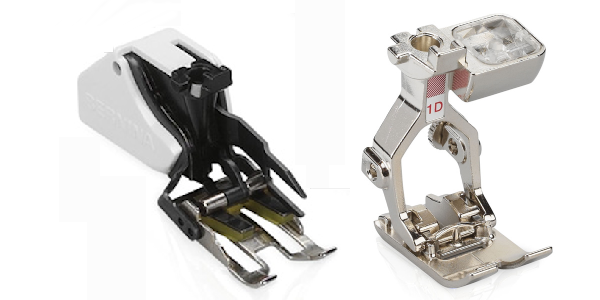
Moving Fabric Under the Needle
First, let’s understand how every sewing machine moves fabric. It is all done by the feed dog. The presser foot holds the fabric down and as the feed dog moves, it takes the fabric with it. It is actually moving the lower fabric that is sitting on the feed teeth and the upper piece of fabric is just going along for the ride. That’s why, at the end of the stitching, the two pieces may be mismatched, sometimes very slightly and sometimes quite a bit, depending on the type of fabric being stitched. Keep reading to find out which presser feet are best for getting good feeding results with your BERNINA sewing machine.
Walking Foot vs. Dual Feed
Next, let’s take a look at how both the Walking Foot and the Dual Feed function work:
- The Walking Foot moves all layers at the same time and pace according to the movement of the feed dog.
- The Dual Feed function affects the top layer and the feed dog controls the feed of the bottom layer.
- The Walking Foot has no motor and the foot, dependent the feed dog movement, moves all layers at one time. Once It gets to the back, it lifts and springs forward waiting for the next feed dog stroke.
- Dual feed has a separate motor so the top fabric that is usually behind can keep up with the lower piece.
- Walking Foot #50 can successfully be used for precision stitching, matching plaids and sewing techniques that need to feed evenly as they go under the foot.
- Dual Feed function can successfully be used for precision stitching, matching plaids and sewing techniques that need to feed evenly as they go under the foot.
- The Walking Foot #50 is suitable for quilting and keeps the fabric and batting layers together, preventing misaligned layers and puckering as you quilt.
- If used for quilting, Dual Feed will affect the top and bottom layer, leaving the batting with very little control. The Dual Feed function can be used for stitching small quilted items with light batting but is not suitable for large, heavy quilting projects.
The Walking Foot and the Dual Feed function are both good tools to help avoid the fabric shifting, pattern misalignment and general imprecise stitching.
Even Feeding with the Walking Foot
See what happens when you sew the same type of fabric with Reverse Pattern Foot #1C (on the left) and Walking Foot #50 (on the right).
Find tips for sewing with Walking foot #50 here, and read all about quilting with the Walking foot #50 here.
Even Feeding with Dual Feed Foot
Using a dual feed foot to match plaids is a perfect way to see the value of a dual feed presser foot. The photo below shows plaid fabric pieces seamed together using Reverse Pattern Foot #1C. The fabric pieces shift and one feeds slightly faster than the other, causing the plaids to be slight mismatched. The problem is that even if the plaids almost match, the garment has a “homemade” look to it.
Stitching the plaid with Reverse Pattern Foot #1D is a different story. Both layers feed together and the result is perfectly matched plaid fabrics.
Find more tips for sewing with Dual Feed here.
Dual Feed Presser Feet
There are eleven presser feet that are available as Dual Feed feet. All of these feet work with the Dual Feed feature of specific BERNINA models. Some come with the machine and others are optional accessories. I use all of these Dual Feed presser feet on my B 790 PLUS and they will work on all BERNINA models that have the Dual Feed function.
Reverse Pattern Foot #1D is an all-purpose foot and works well for forward-feed and multi-motion decorative stitches.
Zipper Foot #4D makes it possible to stitch next to zipper coils. This foot requires the use of a far right or far left needle position.
Jeans Foot #8D is a straight stitch foot that concentrates needle power for better penetration when sewing through thick, heavy, dense layers.
Edgestitch Foot #10D has a guide to help stitch perfectly straight along a seam or edge; great for in-the-ditch stitching.
Zipper Foot with Guide #14D has an adjustable guide for sewing evenly-spaced laps when inserting zippers.
Open Embroidery Foot #20D is for 9 mm decorative stitching; similar to Embroidery Foot #6 but has the front cut away for better visibility of the stitching area.
Clear Foot #34D is similar to Reverse Pattern Foot #1/1C/1D, but has a clear sole for increased stitch visibility.
Patchwork Foot #37D is a straight stitch foot that makes sewing ¼” and ⅛” seams easy and precise.
Non-Stick Zigzag Foot #52D has a special coating on the sole that lets it slide over plastic, leather, and other “sticky” fabrics.
Patchwork Foot #57D is identical to Foot #37, with an added guide for extra insurance for precision stitching.
Patchwork Foot with Guide #97D fits the feed teeth of BERNINA models with a maximum of 9mm stitch width. A separate patchwork guide attaches to the bed of the sewing and comes with the foot.
For more information on the feet in this post, see The Big Book of Feet at your local BERNINA store.
What you might also like
20 comments on “Difference Between Walking Foot and Dual Feed”
-
-
They must have changed the picture, I see a 20d now.
The 20d has been out for several years now. If you do any decorative stitching or machine appliqué, you’ll really like it. I use mine for machine appliqué all the time.
-
-
I use the walking foot with the seam guides for making a grid while quilting. However, I find it difficult to put on the machine with the dual feed mechanism just above it, is this normal? I have a B750 Bernina.
-
I’d like to know the answer to this question, too! I have a Bernina Series 8, 830.
-
Same problem, I just traded my 830 in for the 880 plus. Doesn’t seem to be anyone addressing issues raised in comments???
-
hey me too – looking forward to Bernina’s reply
-
-
I am wanting to buy a walking foot for my Bernina 1130.
Which one works with my machine?-
Its the same # 5) presser foot, it may need to be special ordered, I had to do that with my 1130. I also waited until they put it on sale at 25% off.Its pricey but well worth it. I love my 1130 and use my walking foot all the time.
I also am loving my new 790Plus machine as it has a bigger harp area in which to turn around my quilt tops!
-
Hello Sandra, I have a mint condition Walking Foot that should fit your needs. My late MIL had a 1030 machine that she wore out over 30+ years of having it. The machine motor was too expensive to replace (if one could be found) so I bought myself a 570QEE a year ago. I have lots of feet from her older machine, some still in the packages. I’ve been told that the shaft is a different length from my new machine which breaks my heart, I thought was set if I could use those feet on my new machine. I’d be happy to sell the WF or any of the others. Thanks! Sammye G
-
-
I love the 8D to attach binding to my quilts. I cut my binding at 2.25” and the width of this foot sews it on at about 3/8” which I love!
-
I read your comment saying that mismatched plaid makes it look homemade. All I have to say is have you shopped for any clothing in plaid or any pattern that needs to be matched?..I think perfect matching has a custom made look, not home-made or factory made! We all want our work to look custom made!
-
I like the dual feed, but there are times when it’s not the best choice for some things. It’s also bulky. I was repairing a leather sandal strap and I waited to use my 10D to edge stitch. The dual feed got in the way of the sandal. I ended up having to sew the strap from the center out on each side. A less bulky dual feed would be nice.
-
-
It is refreshing to finally see this topic addressed since some of the Bernina Dealers & Educators have not addressed the issue between the dual feed vs walking foot. Matter of fact some have gone as far to state “if you have the dual feed you don’t need a walking foot”; which we know is not true. Each has a function & each perform that function in a different manner. My concern is when attaching the walking foot why isn’t there enough room without the dual feed mechanism getting in the way? As mentioned above it is very difficult to use the guides because they get in the way of the operation of the machine. I love the 7-series machines and enjoy the functionality it offers
I use the 97D foot a lot in my sewing/quilting & one problem I come across when used with the guide that attaches to the bed of the machine is it butts up TOO close to the feed dogs & cause it to hit near the right-side feed dog. This causes the guide to lift up with each rotation/movement of the feed dogs. Not ideal. -
I didn’t get a separate guide with my 97D foot. Is that a new thing?
-
I have tried to use my walking foot on my 790 and it does work. However, I wanted to use the long guides that you put through a hole in the top of the foot and screw down to hold it in place. I could not get the screw on because of the dual-feed foot. I better understand the use of the dual feed and the walking foot now. Thanks.
-
I purchased a walking foot years ago for my B230PE. I recently purchased a B750, to get the walking foot & guide attachment to work, I purchased a new “body” and was able to get it replaced free by my Bernina tech. It is orderable thru your authorized Bernina Dealer. There are two different “bodies” (one that fits machines without dual feed & one that fits machines with dual feed), you’ll also need to purchase the new bracket (& screw?). So of course there are two styles of brackets.
-
Thank you. This was extremely helpful. I bought a new Bernina B770 at the start of the pandemic so I could hunker down and finish a few quilts I had. With the pandemic still preventing classes for new users, this is my go-to for now.
-
I have a Bernette B77. Can the walking foot be used on this machine? Would it be the #50? I find the dual feed doesn’t work as well on quilting.
-
There is a different walking foot for the Bernette machines. Please see your dealer for the best choice.
-
-
I have walking foot #50 for my Bernina 335. I like the edgestitch foot attachment.that comes with it and use it constantly.
How different Is edgestitch foot #10 ? Should I be having it instead?/
Leave a Reply
You must be logged in to post a comment.
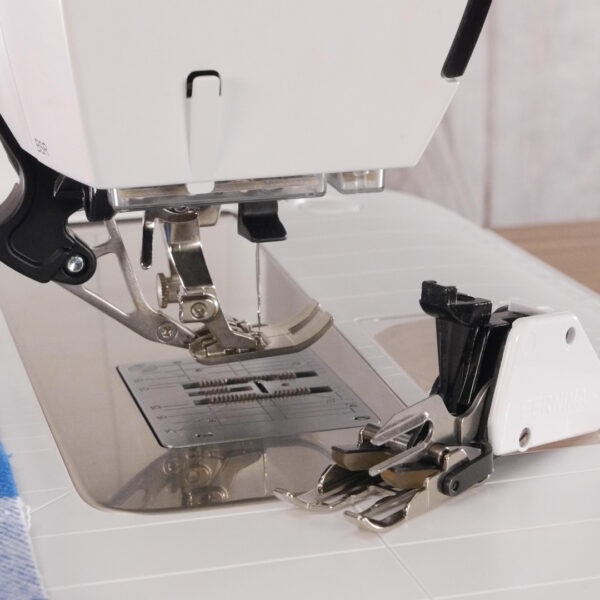
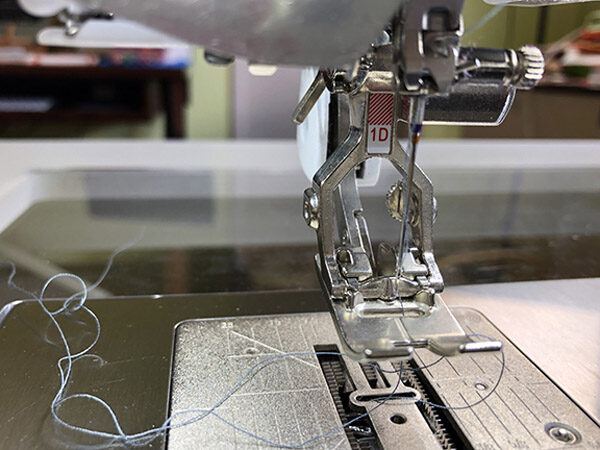
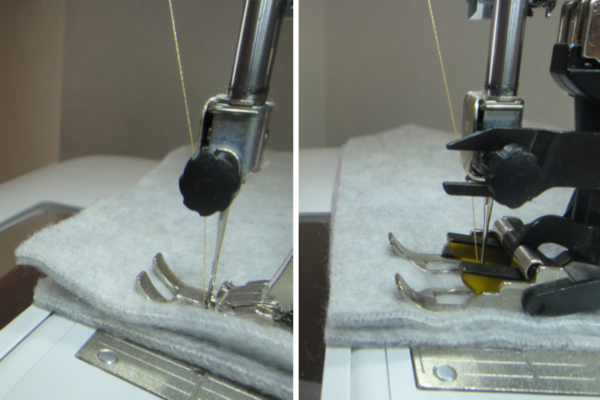
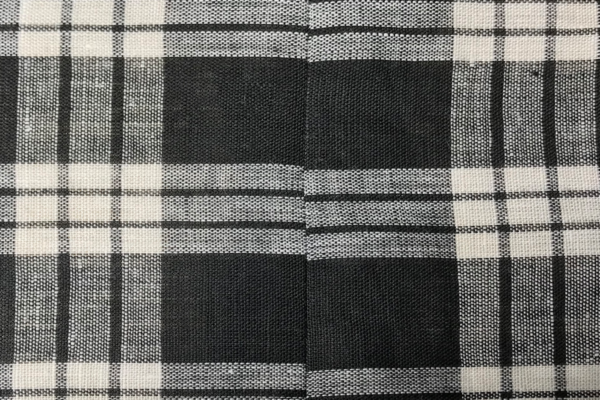
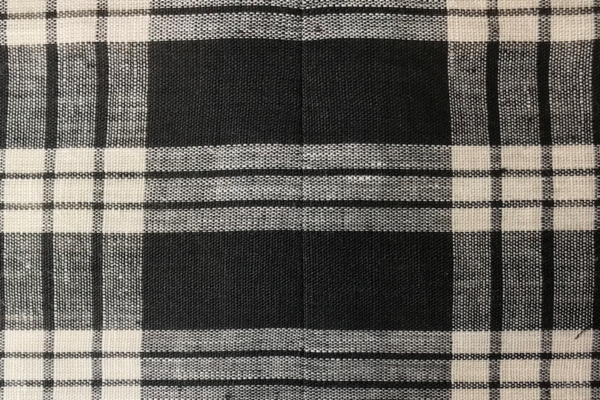
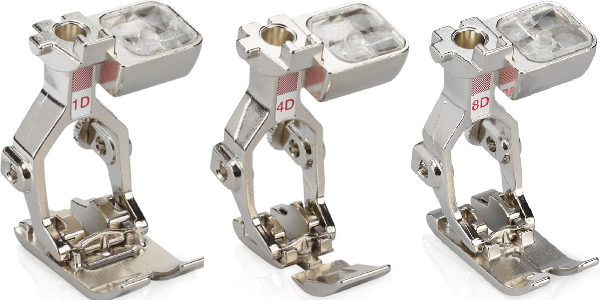
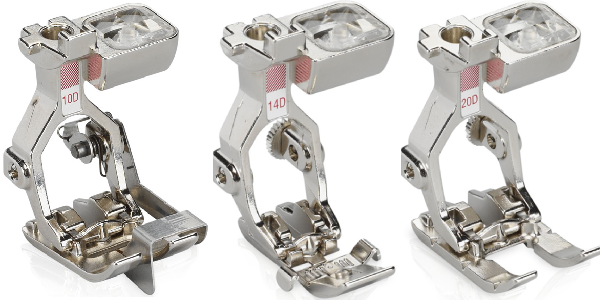
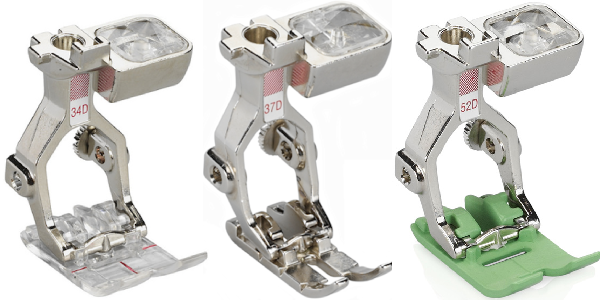
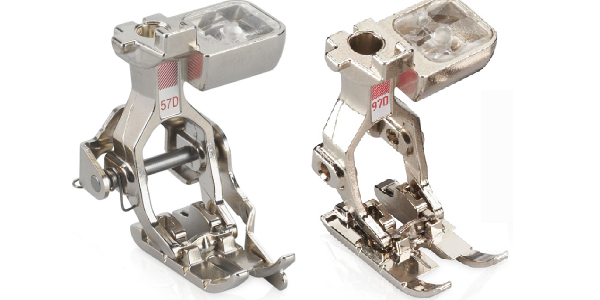
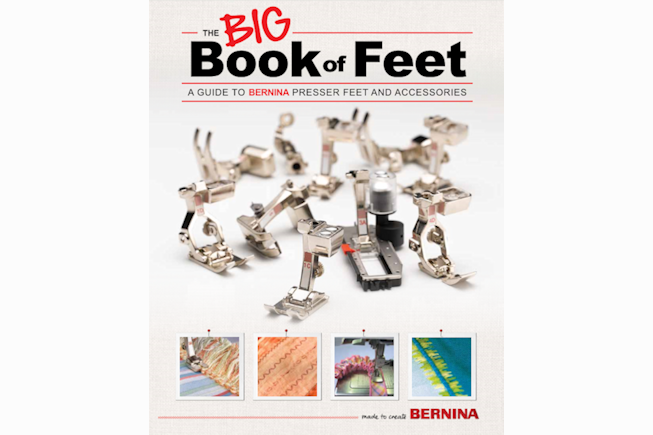
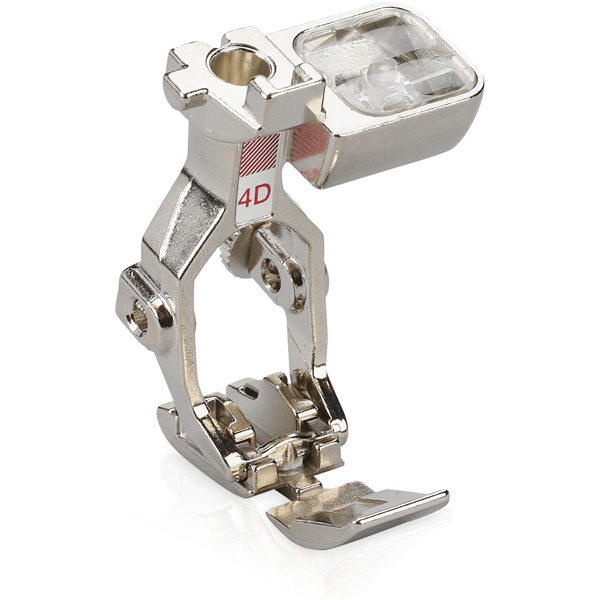
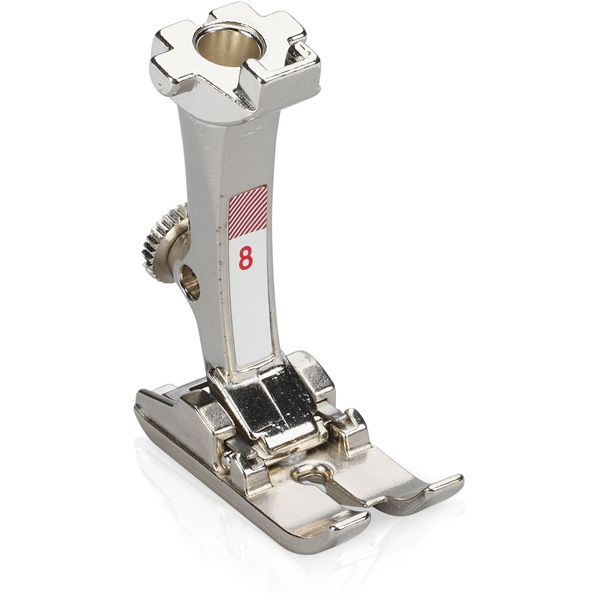
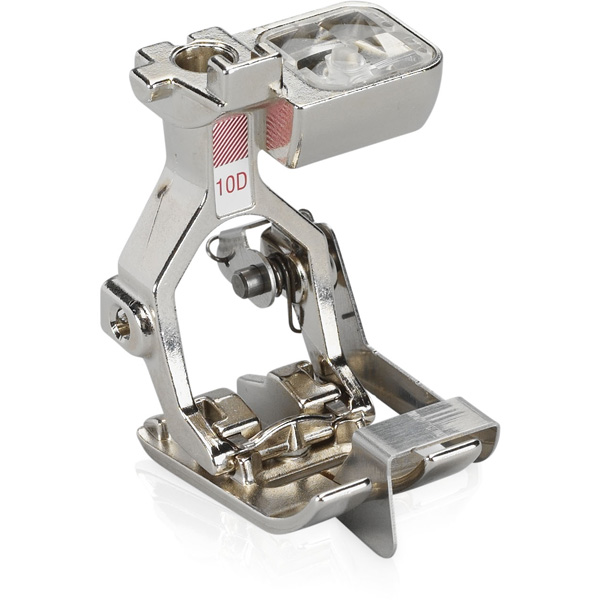
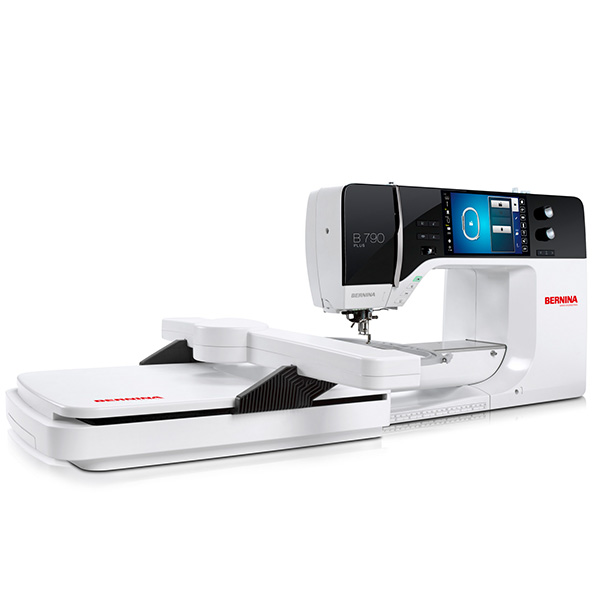
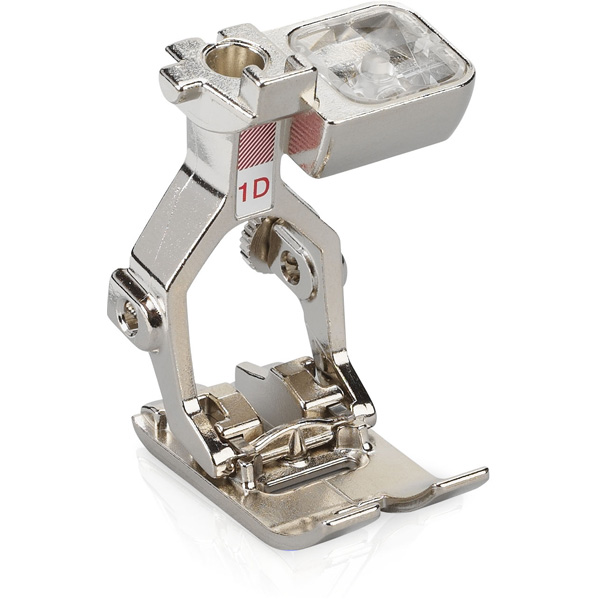
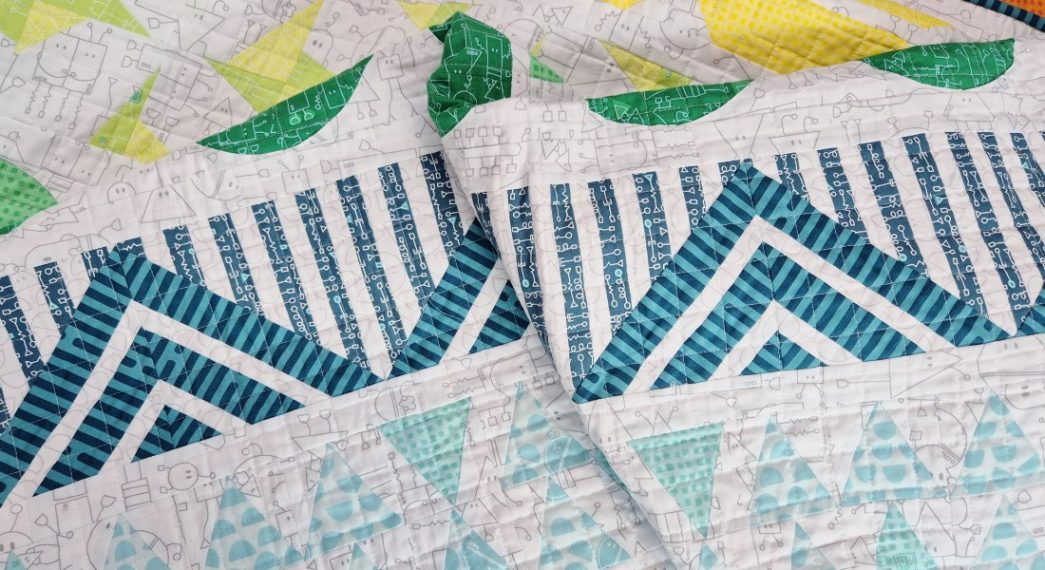
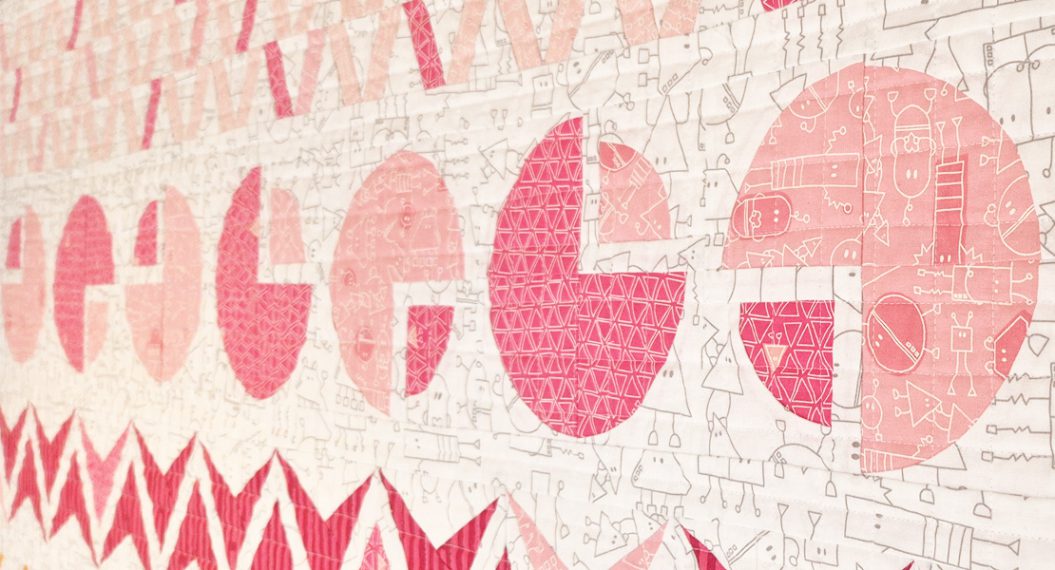

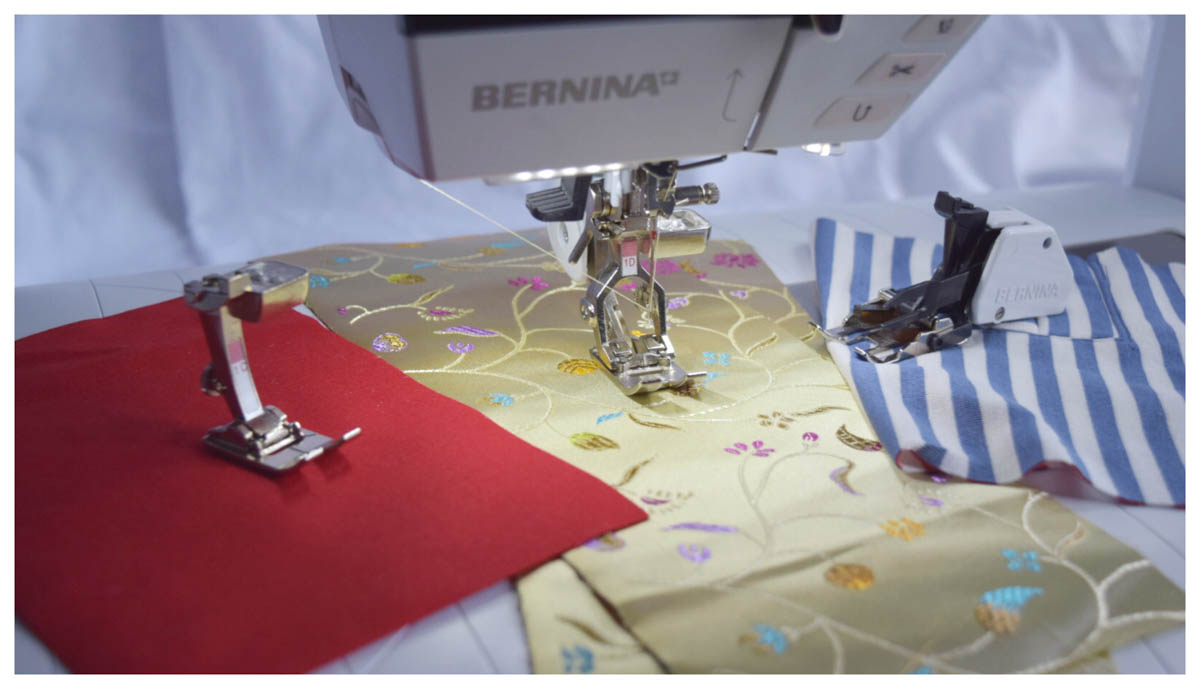
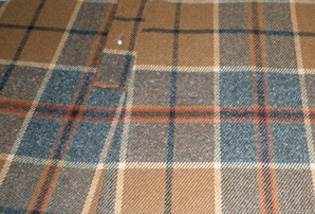
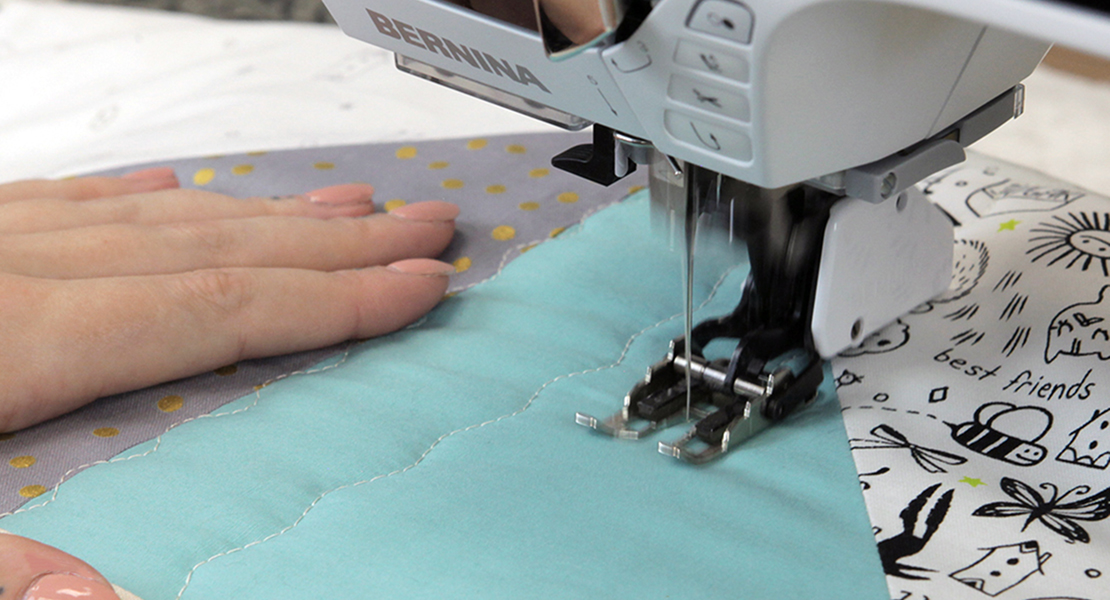
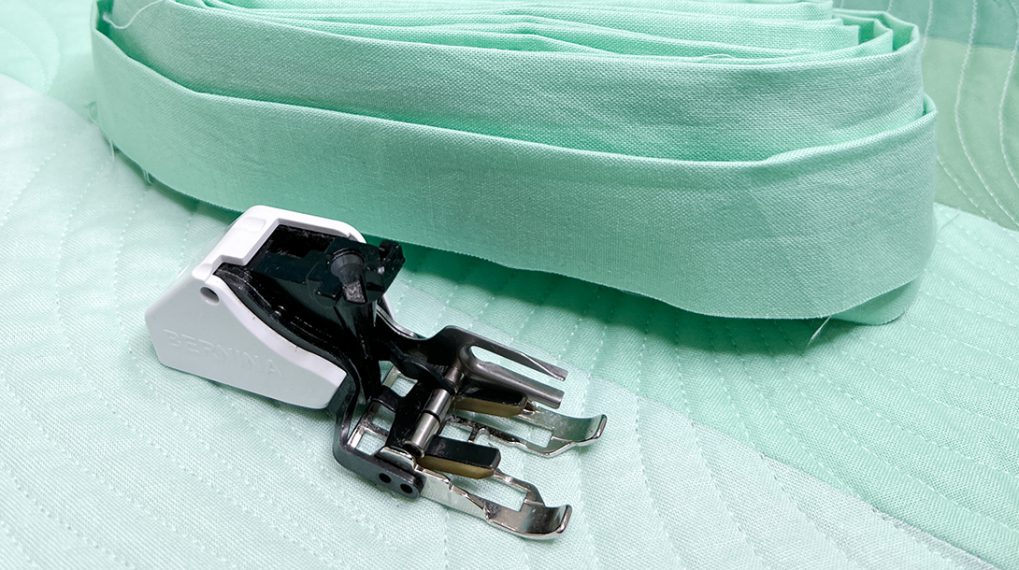
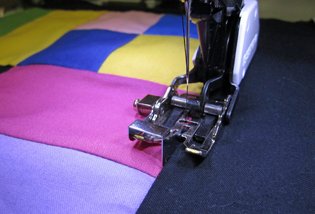
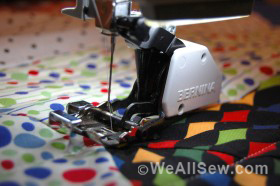
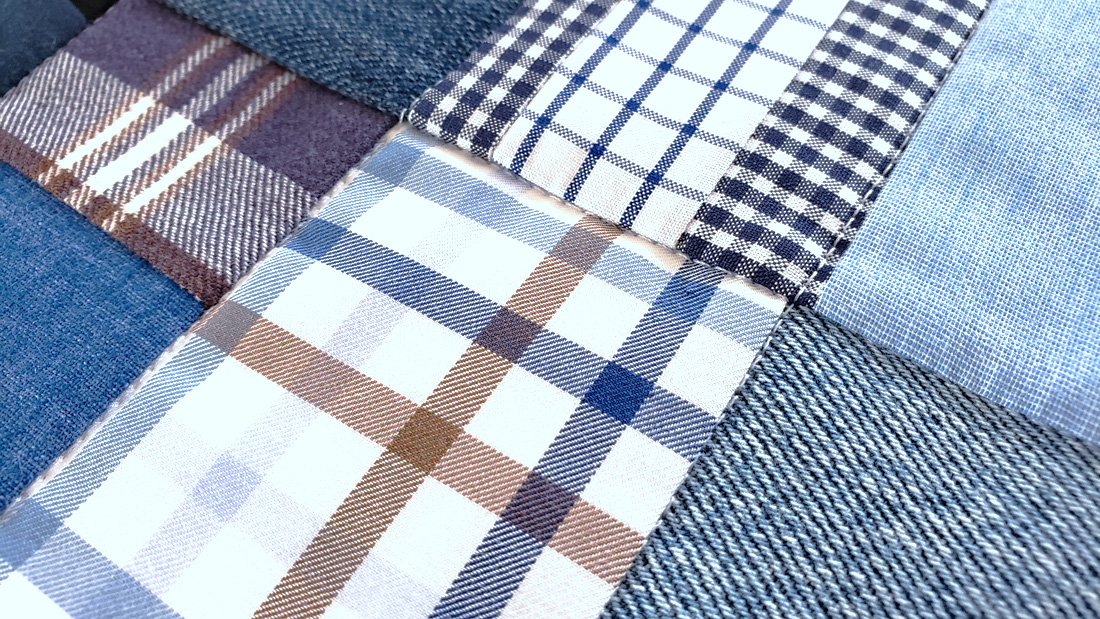
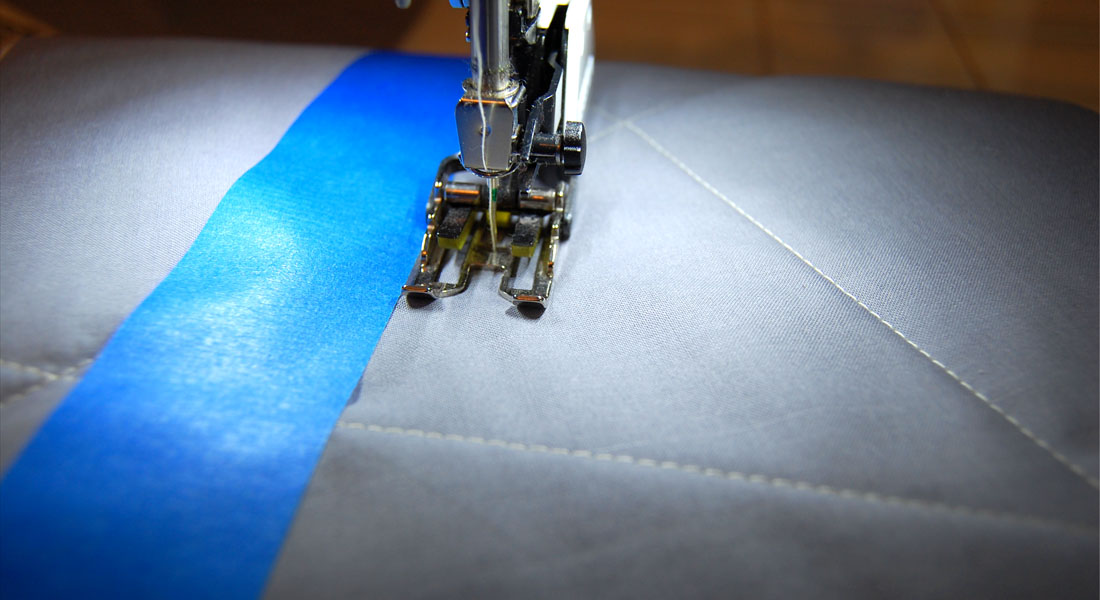
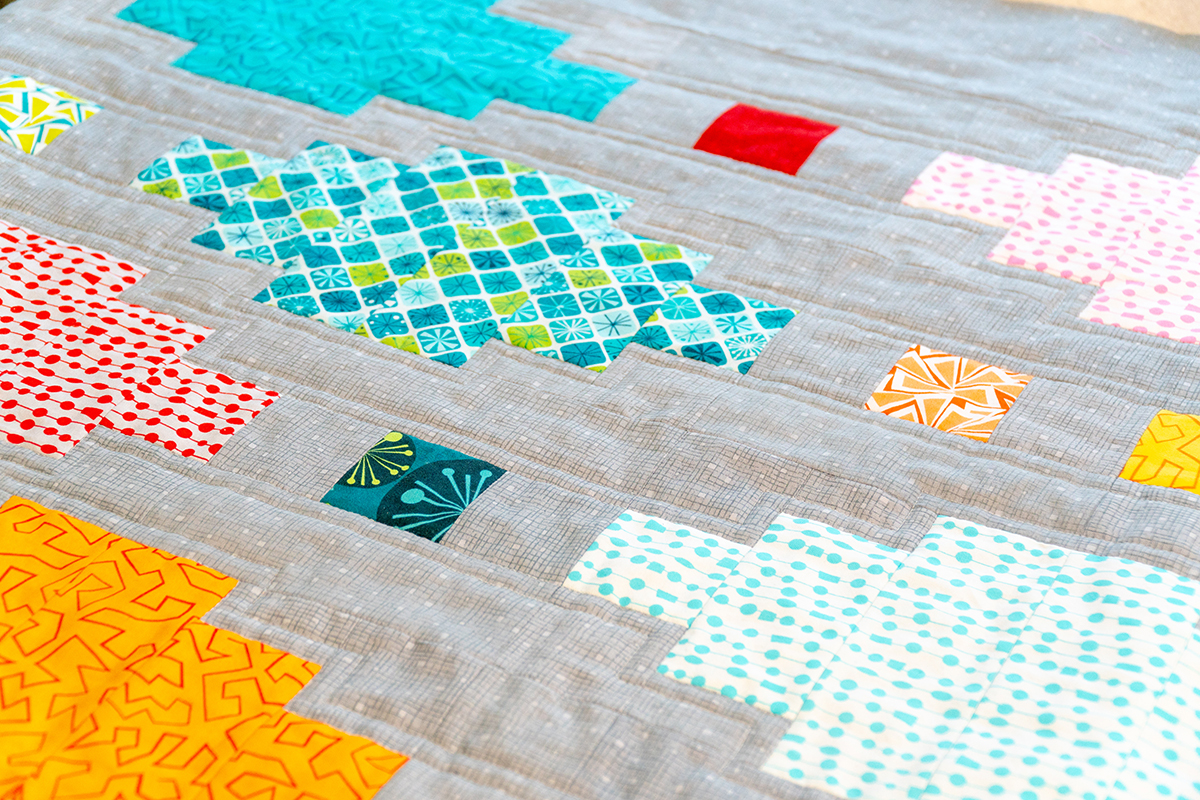
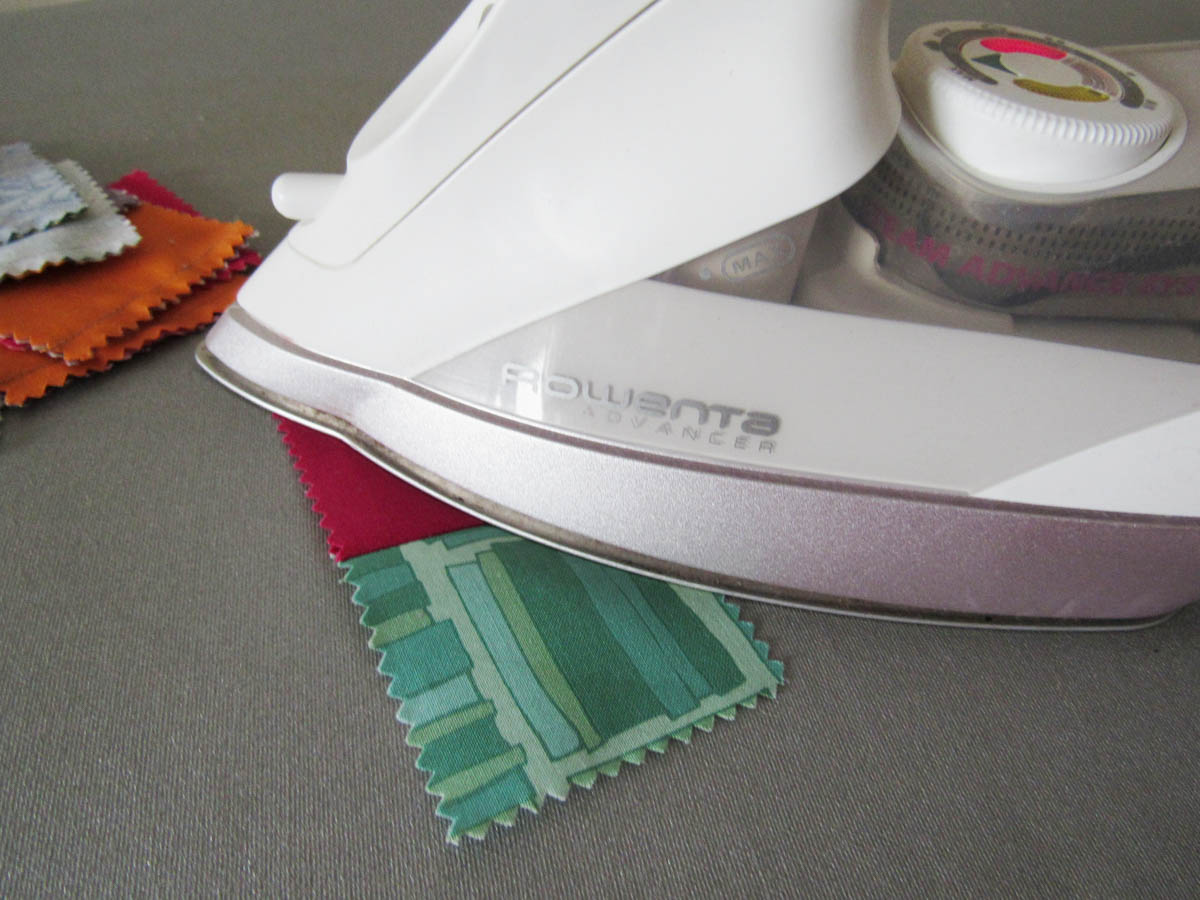
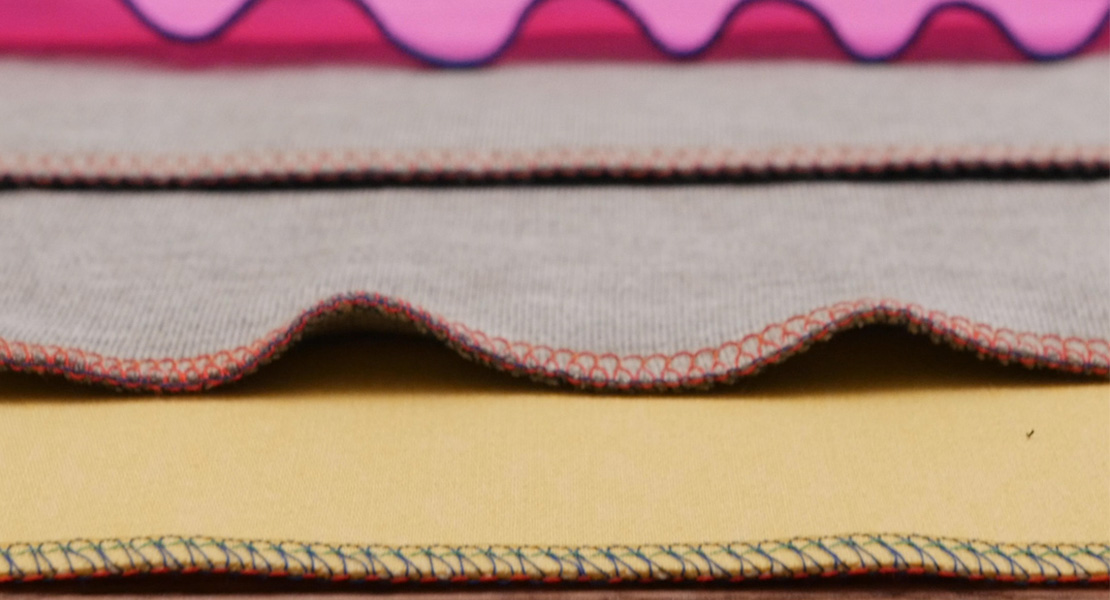
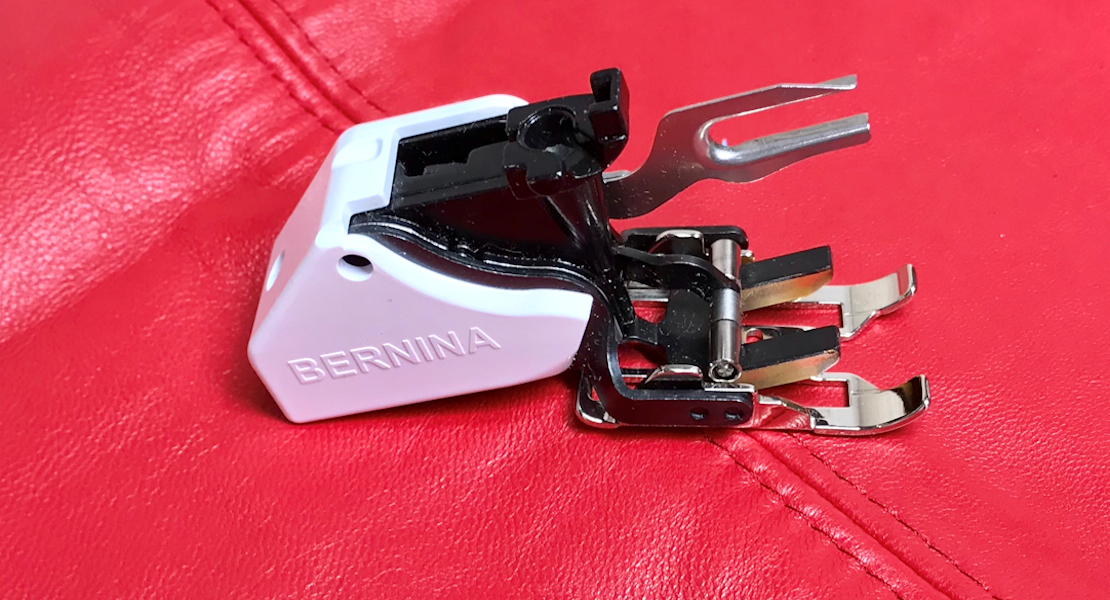
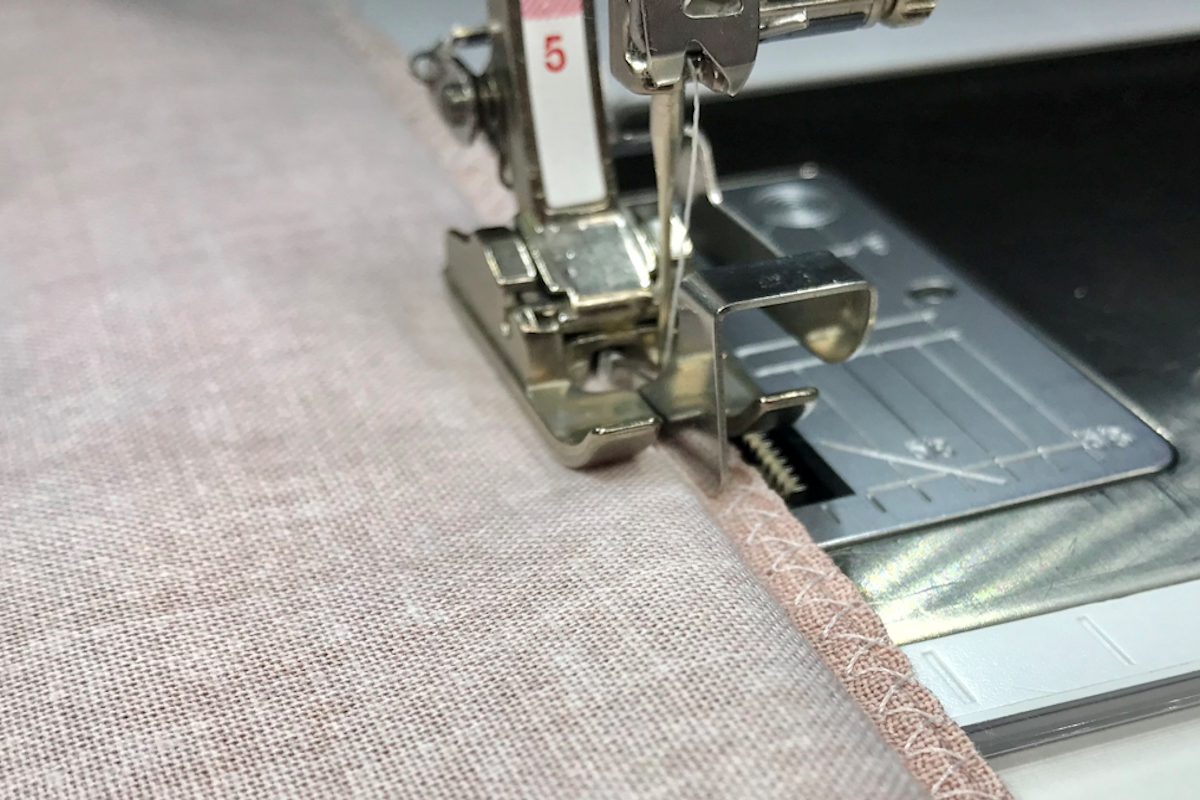
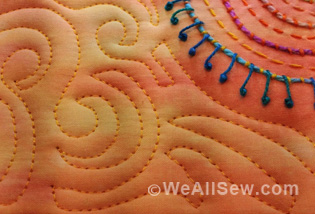
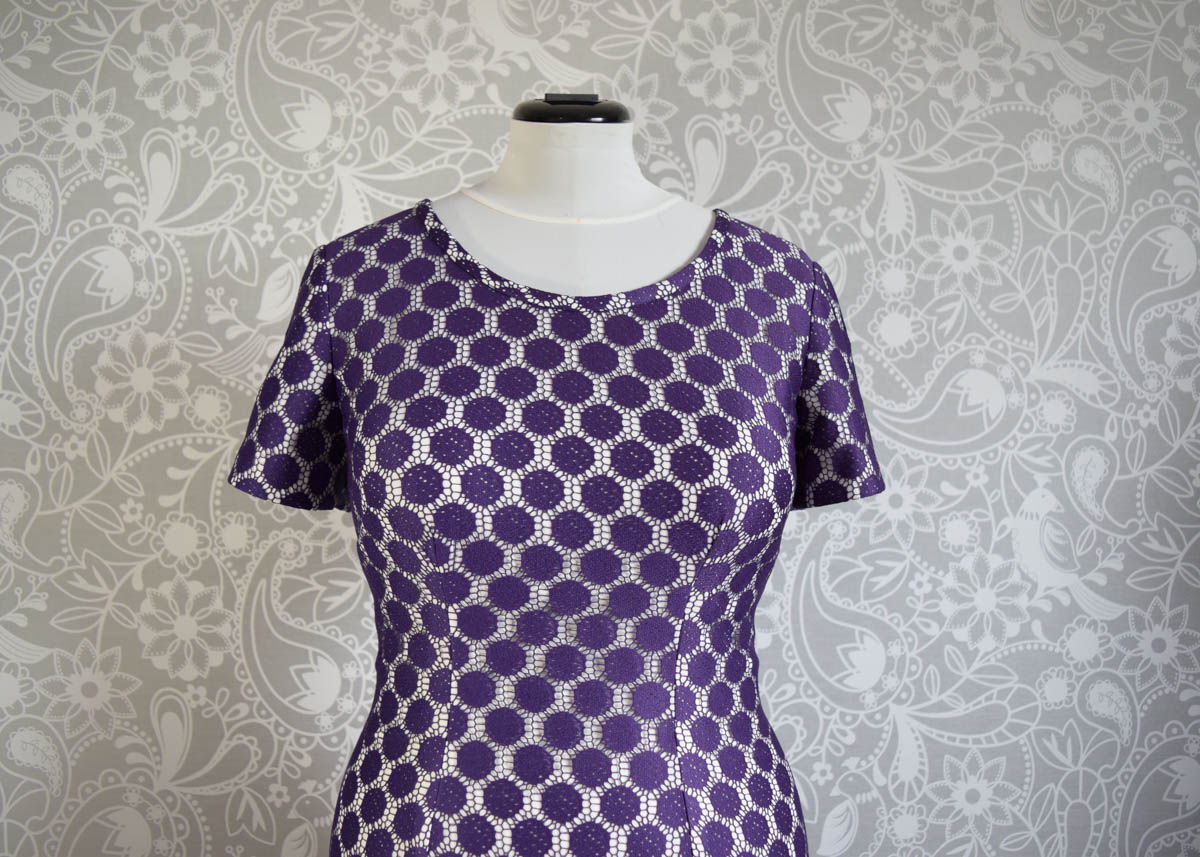
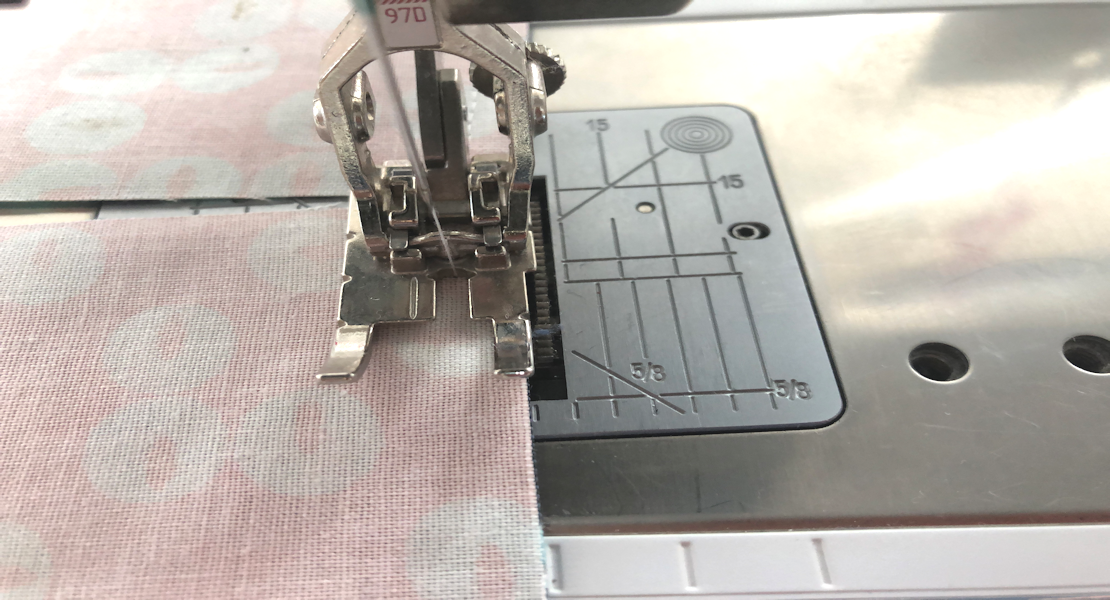
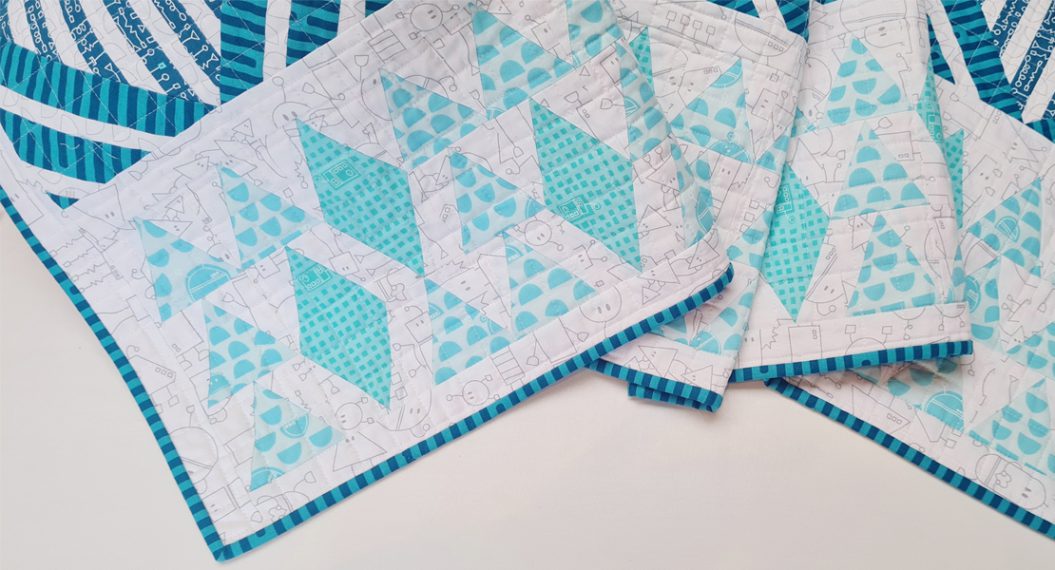
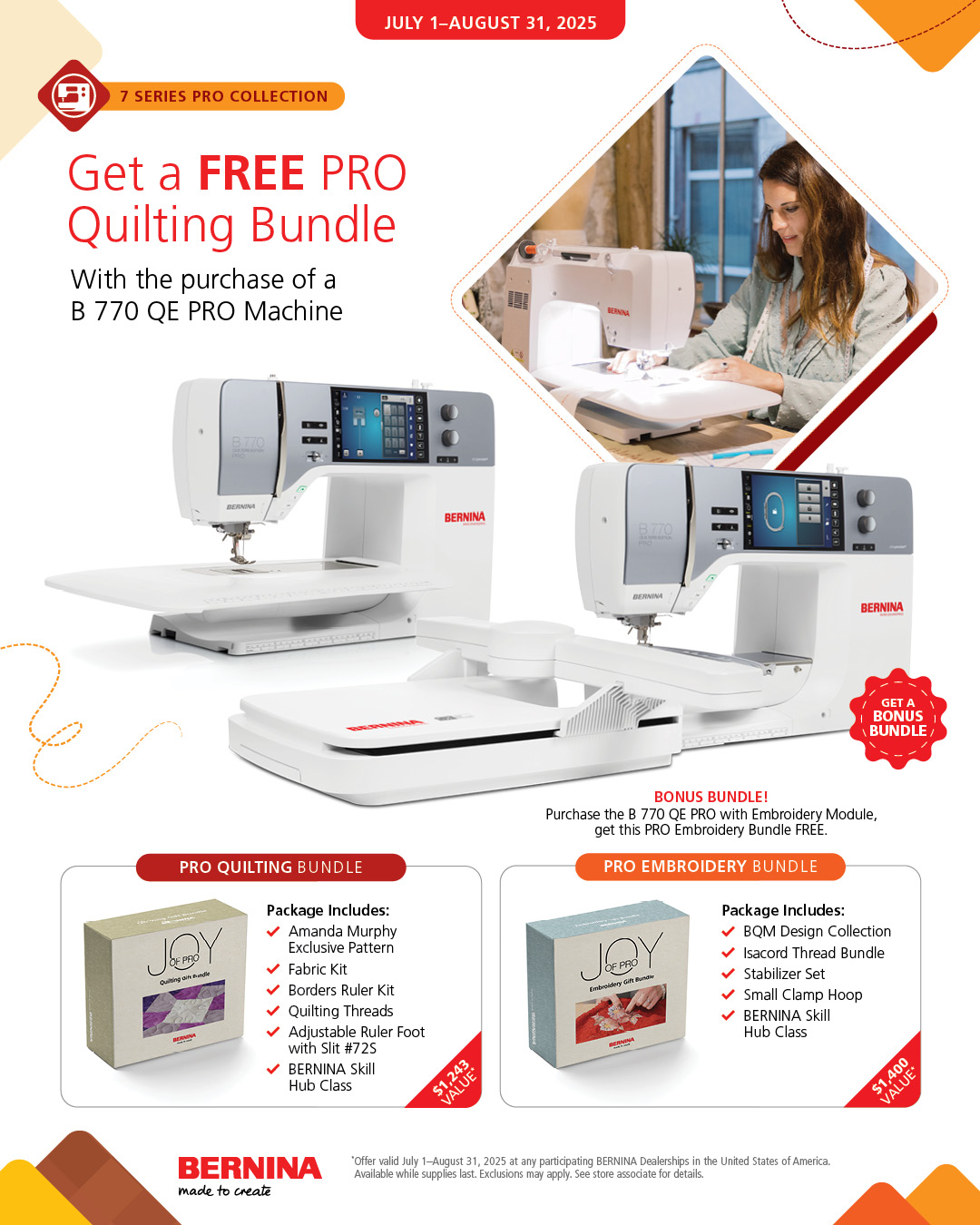
Is 20D new. You have 20C pictured but 20D in the description.